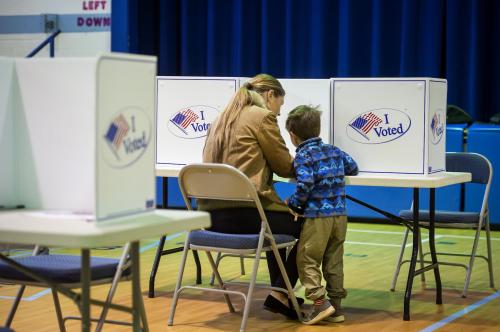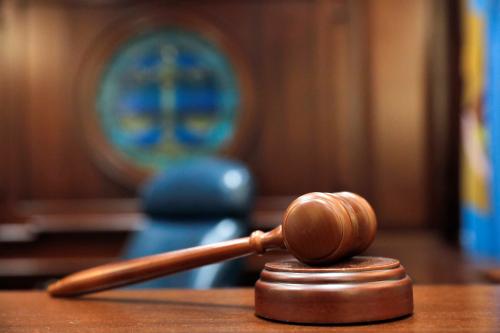Many election observers predict a record voter turnout in the coming election. Many factors favor higher turnout. The election is close, interest in the campaign is up, and people perceive that the outcome matters. Surprisingly, registration statistics reported by state election offices suggest that turnout may not peak this November. Although voter registration is increasing in most of the battleground states in the 2004 presidential election, it is decreasing in most of the remaining “sleepy” states.
Overall total registration as a percentage of those eligible to vote running up to the 2004 election is 80.9%, down from 82.2% in 2002, the most recent national election. The numbers can be misleading, however, since election offices vary the timeliness of their reporting. Some provide weekly updates, while others report for the last statewide election. By November 2, the number may reach the 2002 benchmark as last minute registrations pour into local registrars’ offices, but we won’t know until all states can process registration forms, including the four states — Maine, Minnesota, New Hampshire, and Wisconsin — with election day registration.
Although some care should be taken in interpreting the registration numbers before the final close of registration, a trend is starkly evident. In every battleground state, except Arkansas, Colorado, Maine, Minnesota, Pennsylvania, and Washington, voter registration increased since 2002. Among the sleeping non-battleground states, voter registration increased from 2002 in only nine. And of these nine states, those like North Carolina, South Carolina, and Virginia teeter on the brink of battleground status or have a hotly contested Senate race.
Why might registration rates have decreased?
The Brookings Institution is committed to quality, independence, and impact.
We are supported by a diverse array of funders. In line with our values and policies, each Brookings publication represents the sole views of its author(s).


